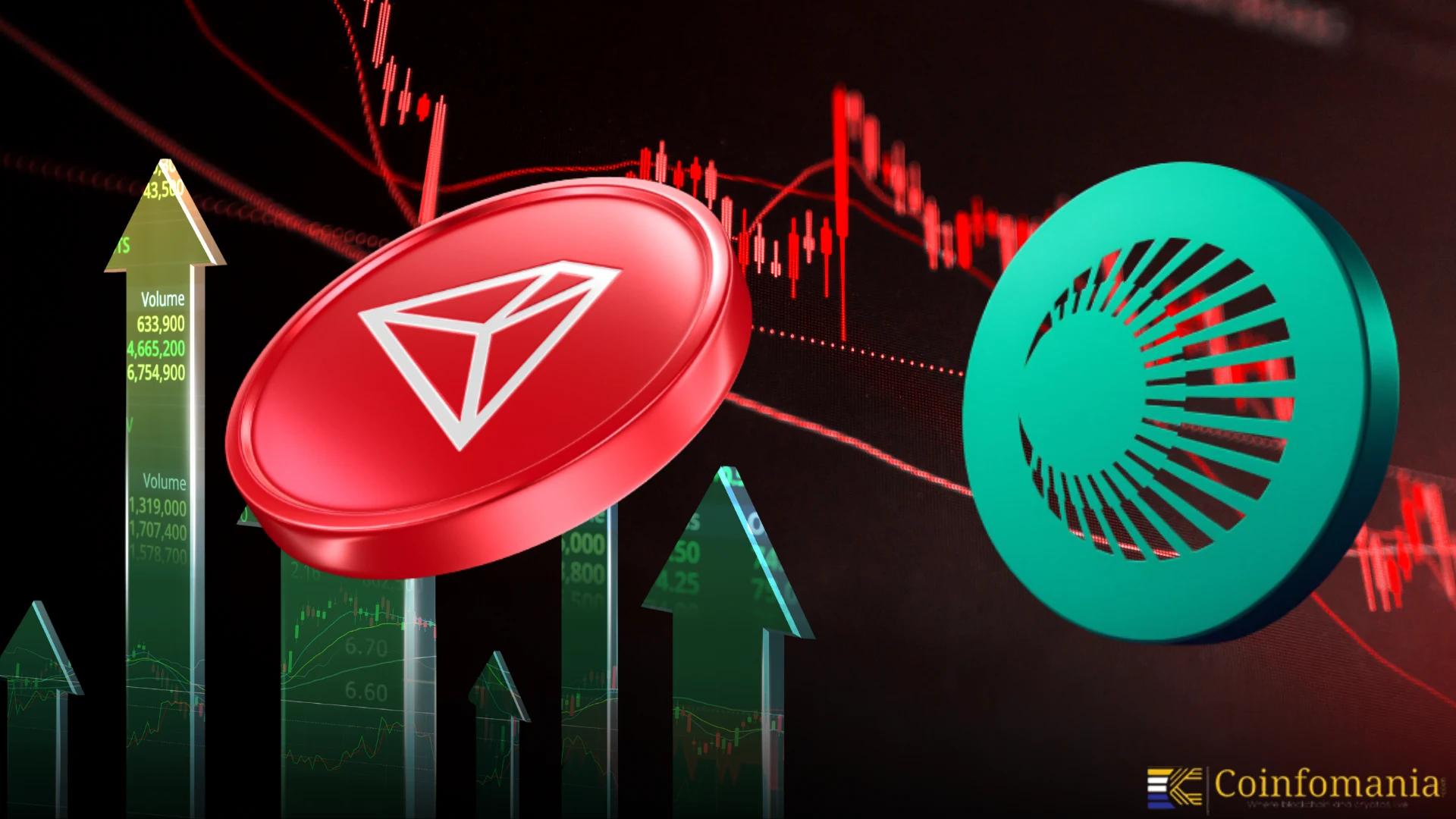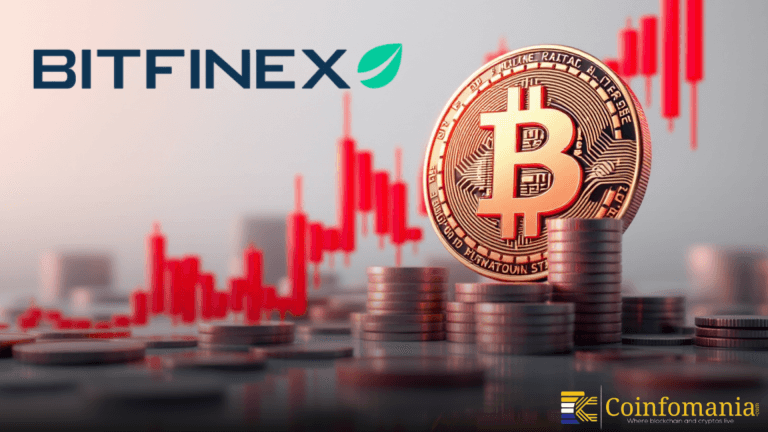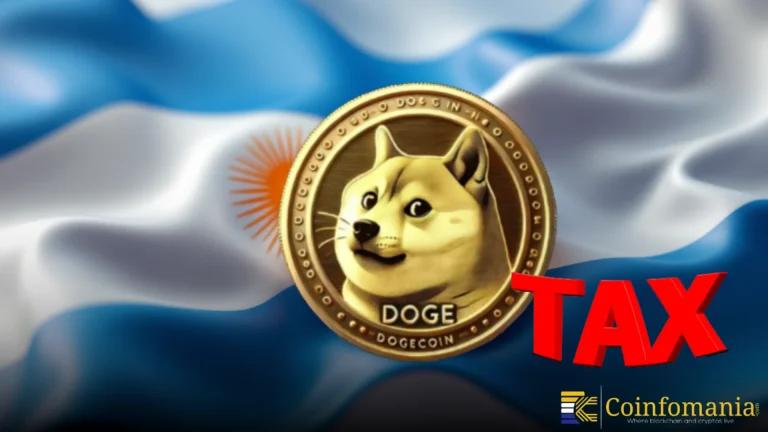Stablecoin Network Trends Show TRON Inflows Outpace Plasma
Stablecoin network trends show TRON gaining $1.1B in inflows, while Plasma loses $996M, showing shifts in investor activity.

Quick Take
Summary is AI generated, newsroom reviewed.
TRON recently saw $1.1 billion in stablecoin inflows.
Plasma faced $996 million in stablecoin outflows.
TRON’s strong ecosystem and multiple token support drive adoption.
Plasma must expand its ecosystem to regain investor confidence.
TRON and Plasma are two blockchain platforms attracting attention in the stablecoin market. As Cointelegraph reports, TRON recently saw $1.1 billion in stablecoin inflows, while Plasma experienced a $996 million outflow. This stablecoin network trend shows how investor interest can shift quickly between platforms.
🚨 LATEST: While TRON saw $1.1B in Stablecoin inflows, PLASMA suffered a $996M Stablecoin outflow. pic.twitter.com/psEBAI9OVq
— Cointelegraph (@Cointelegraph) October 11, 2025
TRON’s Growing Popularity
TRON has become a popular choice for stablecoin transactions. Its high speed and low fees make it attractive to users. Over $1.1 billion in stablecoins moved into TRON recently, showing strong demand.
Most of this activity comes from USDT (Tether), the main stablecoin on TRON. The network also supports other tokens like USDC. Its integration with DeFi apps and other dApps boosts its use. As of now, TRON’s stablecoin market cap has passed $80 billion, showing its strong use.
Investors prefer TRON because it is fast and trustworthy. Transactions settle in seconds, unlike some other platforms where transfers can take hours. This speed and efficiency are key reasons for TRON’s success.
Plasma’s Struggles
Plasma, on the other hand, saw nearly $1 billion leave the network in stablecoins. This outflow raises concerns about its long-term stability.
Plasma has zero transaction fees, which sounds attractive. However, it mainly depends on USDT. This limited approach makes it more sensitive to market changes. Investors may move their funds to platforms with more options and a bigger ecosystem.
Despite its low fees and fast transactions, Plasma faces competition from more established networks. Its growth depends on attracting more users and supporting multiple stablecoins.
TRON vs. Plasma: Key Differences
When comparing the two, TRON has a clear advantage. It handles large transaction volumes with high speed and low fees, and it supports multiple stablecoins like USDT, USDC and USDD. Its strong ecosystem of DeFi applications and dApps makes it more attractive to users and developers.
On the other hand, Plasma, while offering zero-fee transactions, is more limited. It mostly depends on USDT and lacks a wide ecosystem. This makes it more vulnerable to outflows and shifts in investor confidence. In short, TRON’s diversity and infrastructure give it a stronger position, while Plasma faces challenges in scaling and retaining users.
What This Means for Investors
The flows in and out of TRON and Plasma highlight key factors for investors. Platforms with speed, low costs and diverse options are more likely to attract funds. Stablecoin users prefer networks they can trust and that can handle huge volumes, and TRON’s growing inflows show confidence in its network. Plasma’s outflows remind us that new platforms must build trust and expand their offerings.
Future Outlook for Stablecoin Networks
As the stablecoin market continues to grow, competition between networks is expected to stay strong. Platforms that combine high speed, low transaction fees and strong ecosystems are most likely to dominate the space in the coming years.
Currently, TRON is leading in stablecoin network trend, attracting both users and developers with its trustworthy infrastructure. While Plasma faces the challenge of regaining investor confidence and growing its ecosystem to stay competitive. These ongoing shifts will play a key role in shaping how people use and trust blockchain networks for everyday transactions in the future.
References
Follow us on Google News
Get the latest crypto insights and updates.


